Fennel Smokey Bronze
$4.49
Foeniculum Vulgare Purpurascens
- Seed Count 50
- Culinary & Medicinal
- Perennial
In stock
Description
Fennel Smokey Bronze has fine clouds of feathery, bronze-purple leaves followed by flat-topped, yellow flower heads in mid to late summer and then by aromatic seeds. This beautiful plant looks fantastic as a centerpiece for a sunny herb garden, or among tall perennials and grasses. The foliage acts as a delicate veil through which the flower heads of herbaceous plants and bulbs can be seen.
Fennel has a sweet aroma and an aniseed flavour. Use leaves in fish stock, sauces and in mayonnaise, flavoured butters and salad dressings. The dried stalks can be placed under grilled or barbecued fish. At the two-leafed stage, the seedlings make a pungent addition to salads, reminiscent of mustard. The strong tasting fennel seeds have a flavour like aniseed or liquorice. They can be used as a spice, particularly in cakes, breads and stuffing’s.
Fennel grows erect with a thick root and stout stems. The leaves grow to 40cm long and are finely dissected into fronds. The seeds are as useful herbally, as are the leaves, and may be left to ripen as a crop. Not to be confused with Sweet or Florence fennel, an annual vegetable grown for its swollen bulbs.
Fennel will grow in most any soil, but the richer the soil, the more tender the foliage and the less aromatic the seed. It likes a well-drained, sheltered but sunny position. It is easily propagated by seeds. Seedlings do not transplant well, so it is better to sow directly in the garden in the late spring. Plant them 25 to 30cm apart and then thin them out as necessary. It grows a very deep taproot which is difficult to pull up, so remove unwanted seedlings while young.
To maintain a continuous supply of fresh leaves throughout the season, sow a few seeds every 10 days. If seeds are not desired, remove flower heads to promote bushier growth. Fennel can be grown as an annual, although the established roots will overwinter easily. For more plants, divide the roots in autumn after the seeds have been harvested. To keep the plants healthy it should be replanted every three to four years. If allowed, the plant will self-sow generously. If fennel is being grown exclusively for its foliage, remove the flower heads to prevent it from self-seeding. When flowers have finished them cut back to 30cm from the ground.
| Method: Sow direct | Soil Temp: 10°C - 25°C |
| Cool Mountain: Sep - Mar | Position: Full sun |
| Arid: Mar/Apr Sep/Nov | Row Spacing: 15cm apart |
| Temperate: Aug - Apr | Planting Depth: 3mm |
| Sub Tropical: Mar/Apr Aug/Oct | Harvest: 90 days |
| Tropical: Apr - Jul | Plant Height: 1.5m |
Soil Preparation & Location
Sunlight:
- Full sun (4-6 hours daily).
Soil type:
- Well drained, fertile loam enriched with compost or aged manure
- pH 6.0–7.0. Acidic soils benefit from lime/dolomite.
Planting Steps
Direct Sowing:
- Sow seeds 3 mm deep, 15 cm apart in rows 60 cm apart.
- Always keep soil moist.
- Thin seedlings to 15 cm spacing once established.
Starting in Trays:
- Sow seeds 3 mm deep – 3 seeds per cell.
- Always keep soil moist
- Thin to 1 plant per cell after seedling has first true leaves
- Transplant outdoors when seedlings reach 5–8cm tall.
Care & Maintenance
Fertilising:
- Apply balanced liquid fertiliser weekly.
- Avoid high nitrogen formulas to prevent leafy growth over bulbs.
Mulching:
- Use organic mulch to retain moisture and suppress weeds.
Bolting prevention:
- Shield plants from heat with shade cloth.
- Harvest early if temperatures spike.
Hilling:
- Mound soil around bulb bases to blanch them (improves tenderness) .
Harvesting
Bulbs:
- Ready in 90 days.
- Cut at soil level, leaving 3–5cm of stalks.
Leaves:
- Harvest feathery fronds as needed for salads or garnishes.
Seeds:
- Collect when flower heads turn brown.
- Dry in paper bags.
Companion Planting Guide
Florence fennel has allelopathic properties that can inhibit nearby plants, but strategic pairings enhance garden health:
Compatible Companions:
- Peas, lettuce, cucumber, sage: Tolerate fennel’s root chemicals and share similar growing conditions.
- Flowering plants (marigolds, nasturtiums): Attract pollinators and deter pests.
- Dill (with caution): May crosspollinate but attracts beneficial insects.
Plants to Avoid:
- Nightshades (tomatoes, peppers, potatoes): Stunted growth.
- Beans and peas (contested): Some gardeners report success, but traditional advice warns against allelopathy.
- Brassicas (cabbage, broccoli): Potential growth inhibition.
Tip: Plant fennel in containers or isolated beds to minimize allelopathic effects.
Common Problems & Solutions
- Aphids/Whiteflies: Spray with soapy water or neem oil.
- Slugs/Snails: Use beer traps or copper tape.
- Bulb rot: Avoid overwatering; ensure soil drainage.
- Bolting: Harvest early or provide shade during heatwaves.
Crop Rotation & Sustainability
- Rotate fennel with nonumbellifers (e.g., spinach, lettuce) every 3–4 years to prevent soil fatigue.
- Attracts pollinators (bees, hoverflies) and repels pests like aphids.
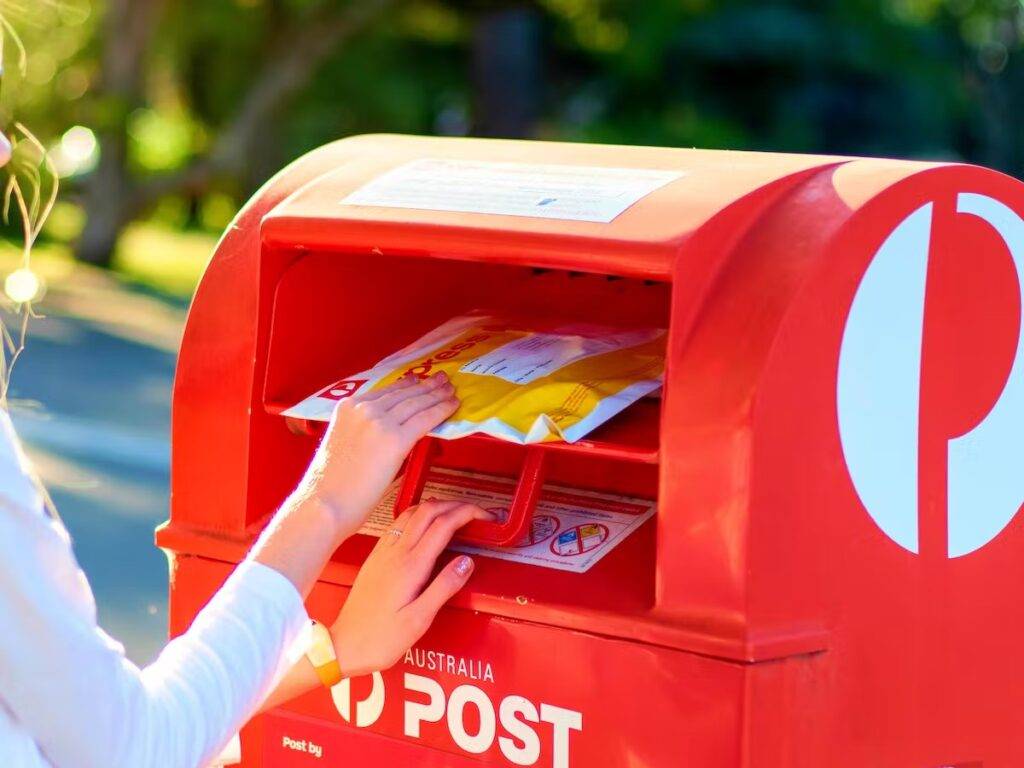
Order Times
Seed orders are normally dispatched within three business days. You will receive an email when seeds are mailed out.
Packaging
No plastics are used in our seed envelopes or postage materials. Everything is compostable and fully bio degradable.
Postage Days
Seeds are mailed out Monday to Friday at 1pm. Except for the Friday of long weekends.
Postage Times
WA 2-3 Days: SA,NT 3-5 Days: NSW, ACT, QLD, VIC: 5-7 Days
Carrier
We use Australia Post Letter Postage for the majority of orders

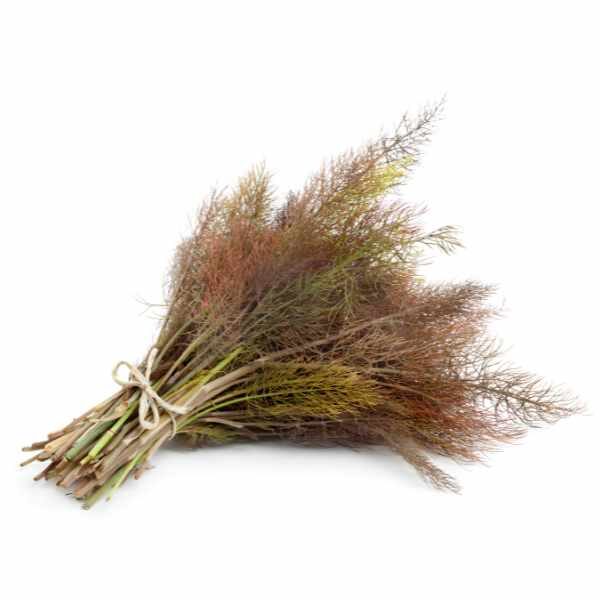
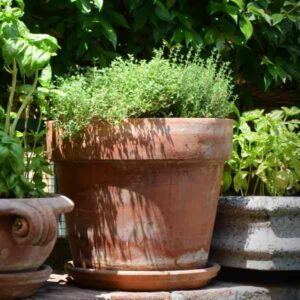
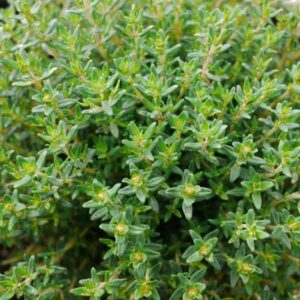

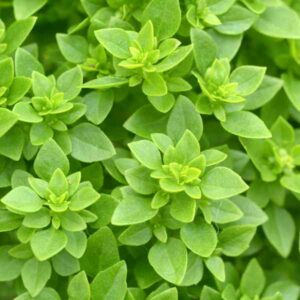
 Calendula Pacific Beauty
Calendula Pacific Beauty 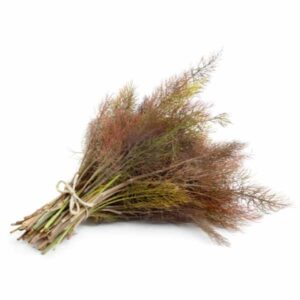
Reviews
There are no reviews yet